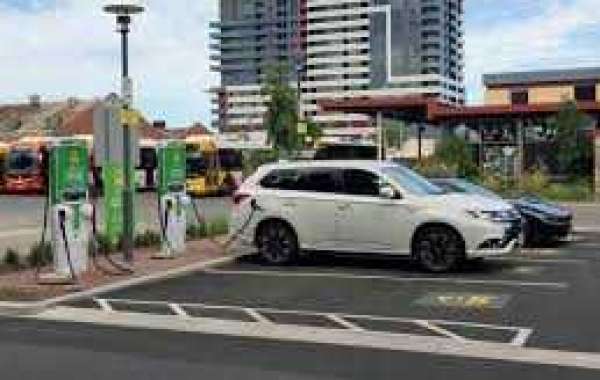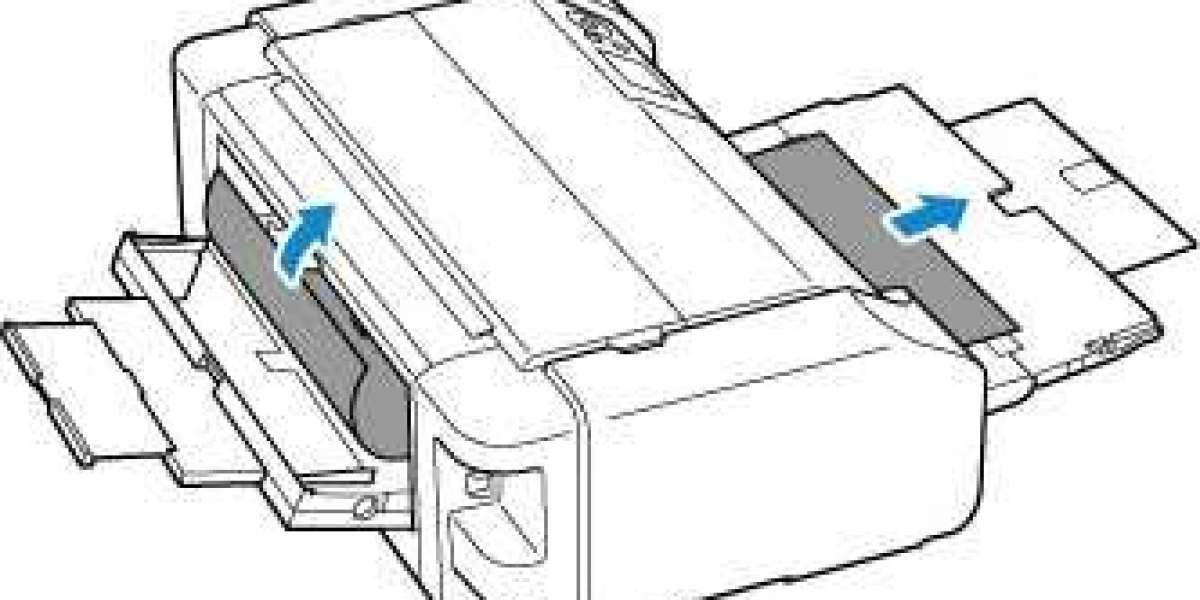Electric vehicles explained
Learn more about the ins and outs of electric vehicles with Robert Llewellyn of Red Dwarf and Scrapheap Challenge fame. This short video explains EVs and the questions potential buyers may have.
BEV (Battery-electric EV)
A vehicle powered solely by a battery charged from mains electricity. Currently typical pure-electric cars have a range in excess of 80 miles with many of the newest travelling even further. As with conventional motoring, driving style, speed and air conditioning/heating use can reduce the range available. Current models include Nissan Leaf, BMW i3, Renault Zoe and Kia Soul.
PHEV (Plug-in Hybrid EV)
A vehicle with a plug-in battery and an internal combustion engine powered by petrol or diesel. Typical PHEVs will have a pure-electric range of up to 30 miles. The benefit of these vehicles is that once the electric battery is depleted, journeys can still continue in hybrid mode. This gives a range in excess of 300 miles. The Mitsubishi Outlander PHEV, Audi e-tron and VW Golf GTE are all current examples of such technology.
E-REV (Extended Range EV)
These are a version of plug-in hybrids, with the vehicle powered by a battery with a petrol or diesel powered generator on board. With an E-REV the propulsion technology is always electric and range can be between 150-300 miles. The BMW i3 range-extender is an examples.
If you are considering an ultra-low emission vehicle (ULEV) as your company car, we have ananimated guidethat can help.
Benefits
While the initial upfront purchase price of an electric or plug-in hybrid vehicle can be higher, this is offset by lower running costs over the lifetime of the vehicle. Plug-in cars offer a number of potential savings compared to conventional vehicles including:
- A full charge in a pure electric vehicle will give a typical range of 100 miles and will cost 2 to 4. Driving 100 miles in a petrol or diesel car will cost around 13 to 16 in fuel, which is around four times the cost of the electric car. The cost savings will be greatest when owners have access to an off-peak overnight electricity tariff.
- There are fewer mechanical components in an electric vehicle when compared with conventional vehicles, which often results in lower servicing and maintenance costs.
- Pure EVs costing no more than 40,000 have a zero rate of Vehicle Excise Duty.
- Plug-in cars emitting 75g/km CO2or less are eligible for a 100% discount from the London Congestion Charge. A regular user of this zone could be saving over 2,000 a year.
- The lower or zero emissions of plug-in vehicles means that they will attract lower charges from Clean Air Zones being implemented around the UK and the Ultra-Low Emission Zone in London.
- Free parking may also be available to further encourage the uptake of electric cars in some urban areas.
Maximising range
Most electric vehicles available on the market today have a typical range of around 100 miles. However, how far you can go on one charge largely depends on how you drive the car. Efficient driving maximises the car's range and ensures driver satisfaction. Discover helpful top tips in ourULEV driving guide.
Charging
Charging at home is the cheapest and easiest way to keep your vehicle topped up. Some energy companies offer tariffs that would reward you for charging your car at off-peak times, such as overnight. Discover our tips on how tosave money on charging your electric vehicle at home.
The extensive and growing UK-wide network of charging infrastructure provides coverage in many areas through subscription or pay as you go charge services. There are many chargepoint maps available that detail chargepoint locations:
Rapid chargers, which can top up a battery to 80% in 20 -30 minutes, are becoming more common and are in place at most service stations on the motorway and main road network.














